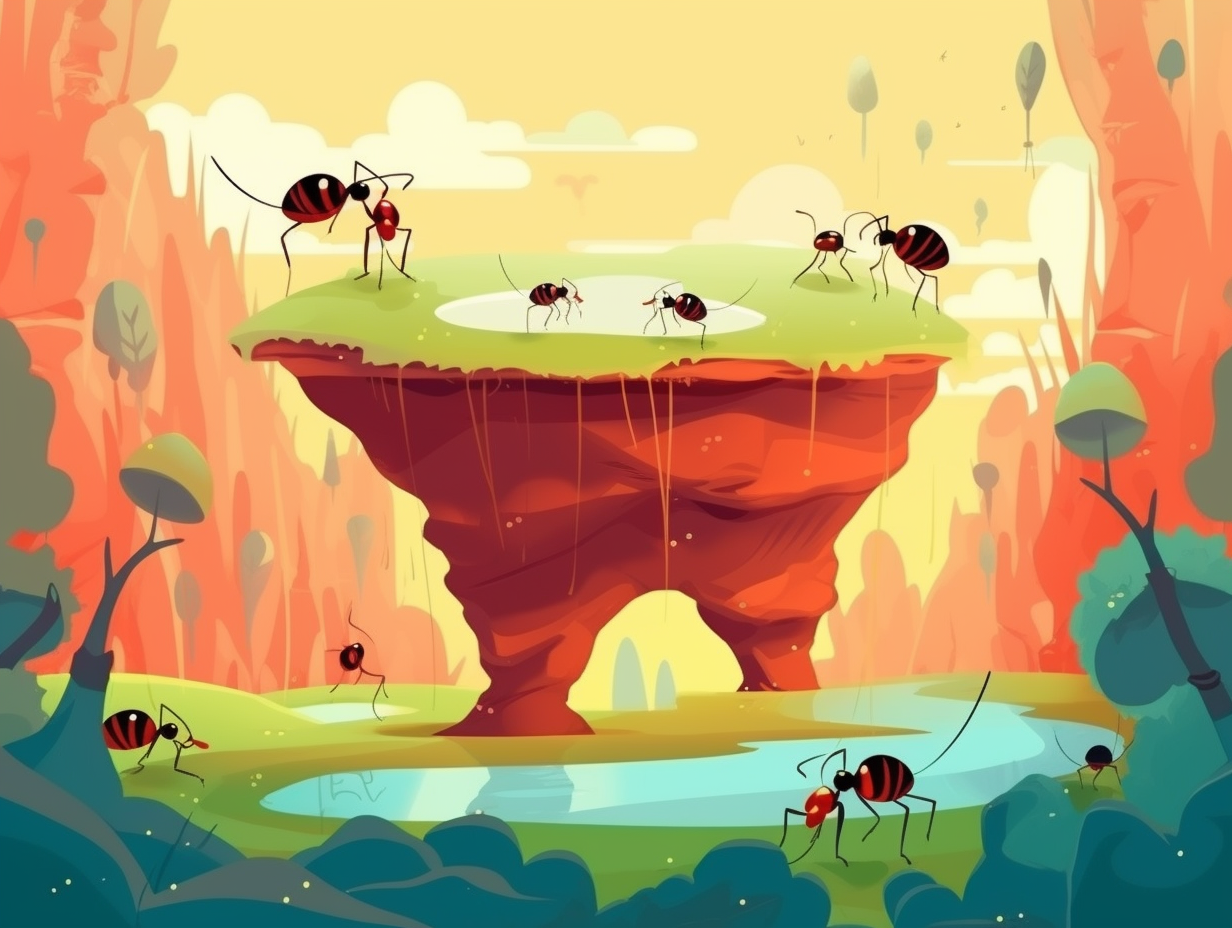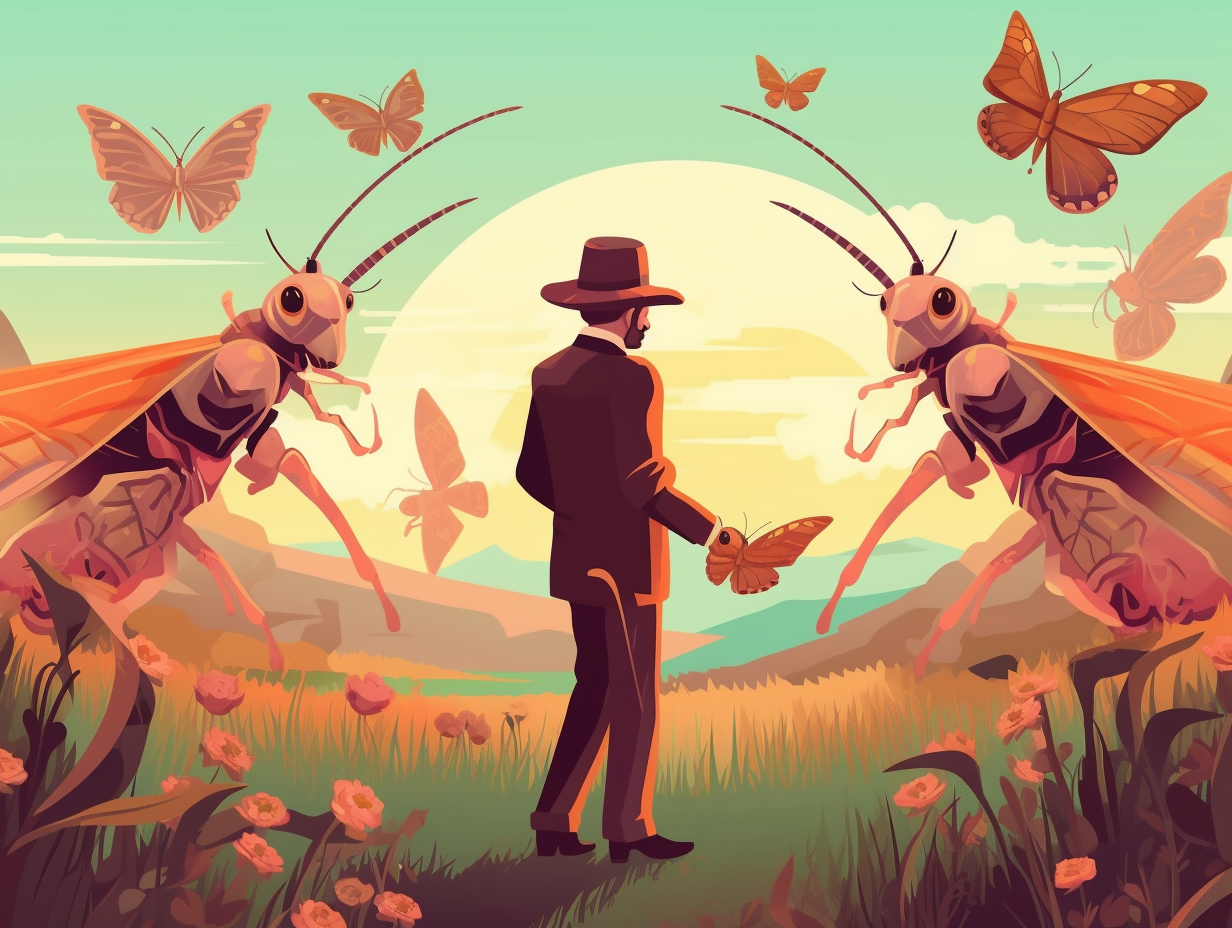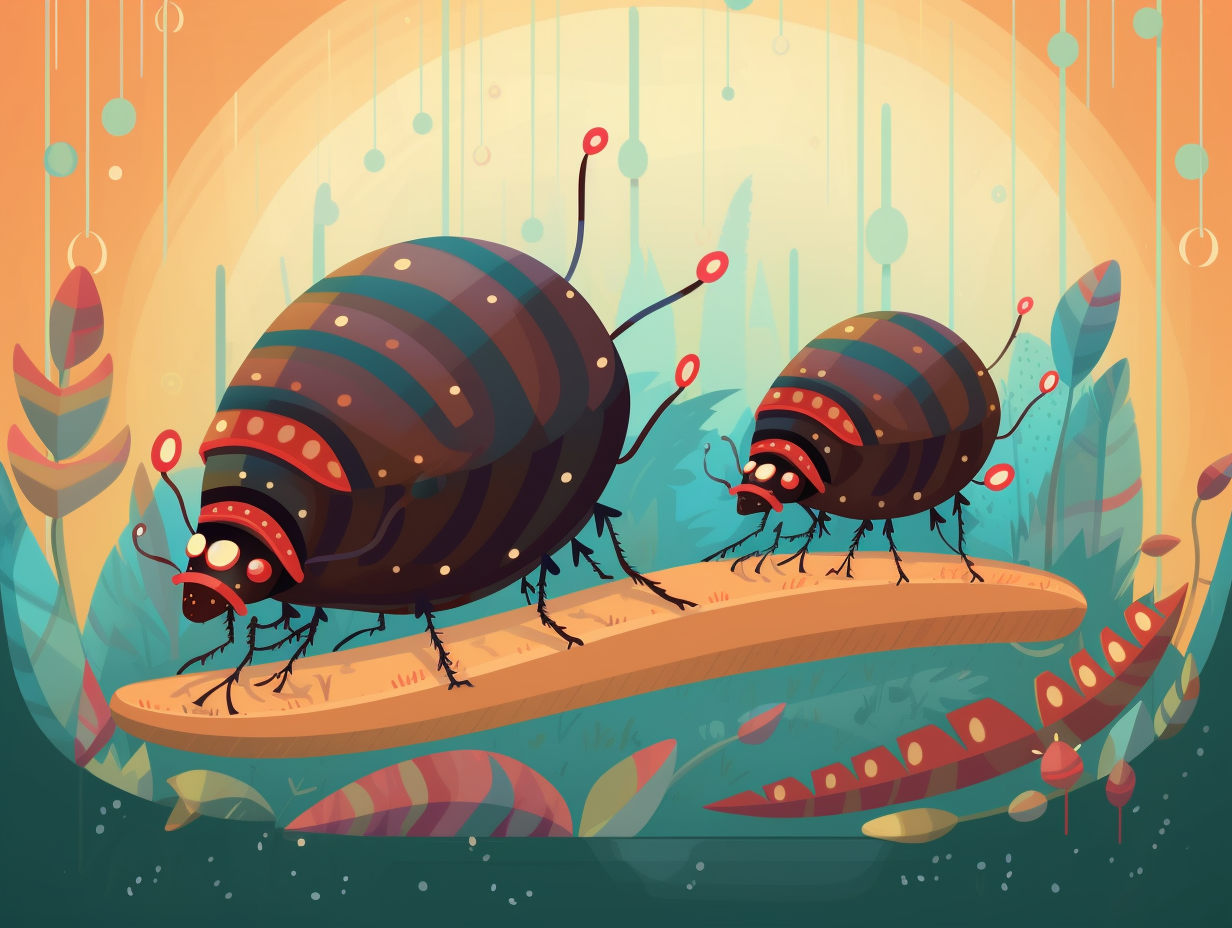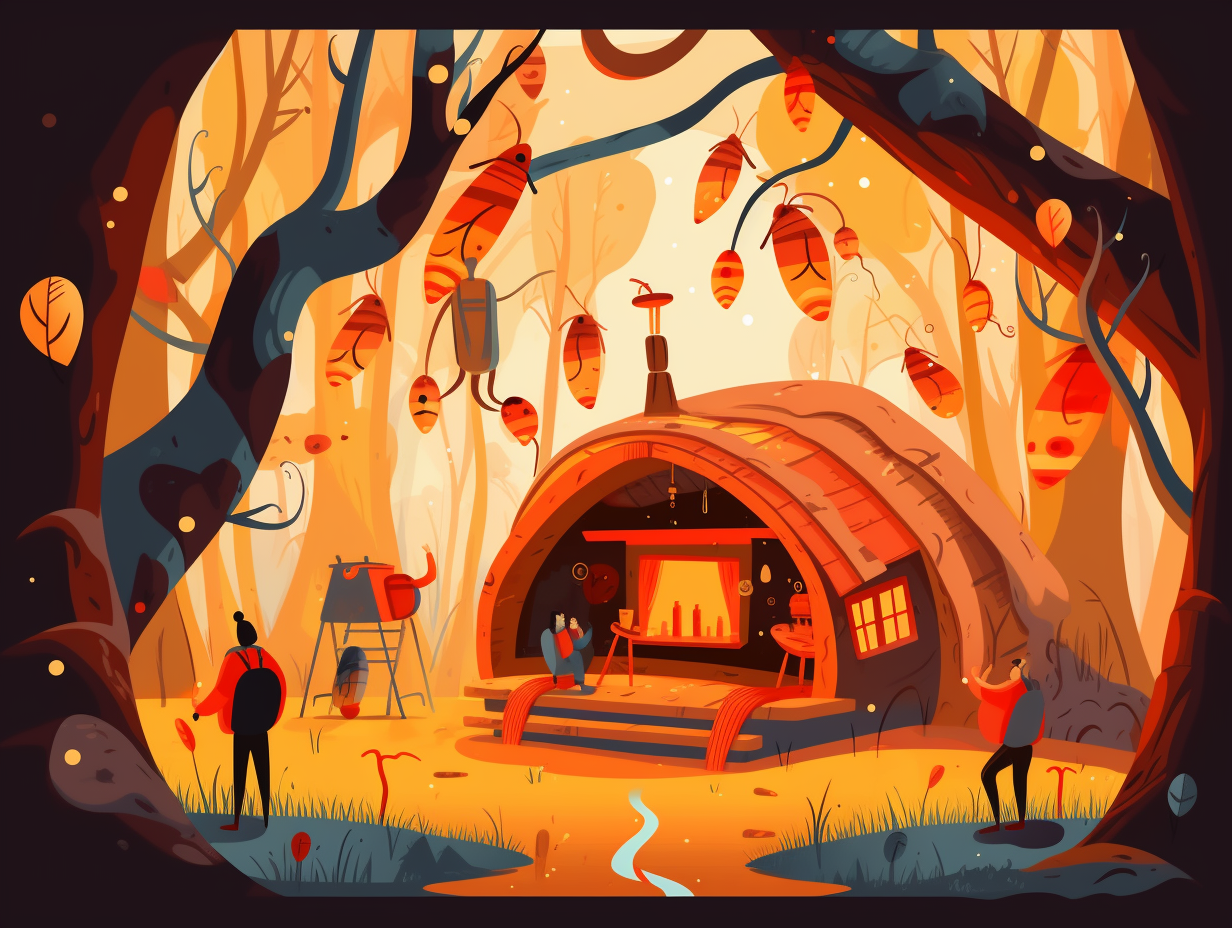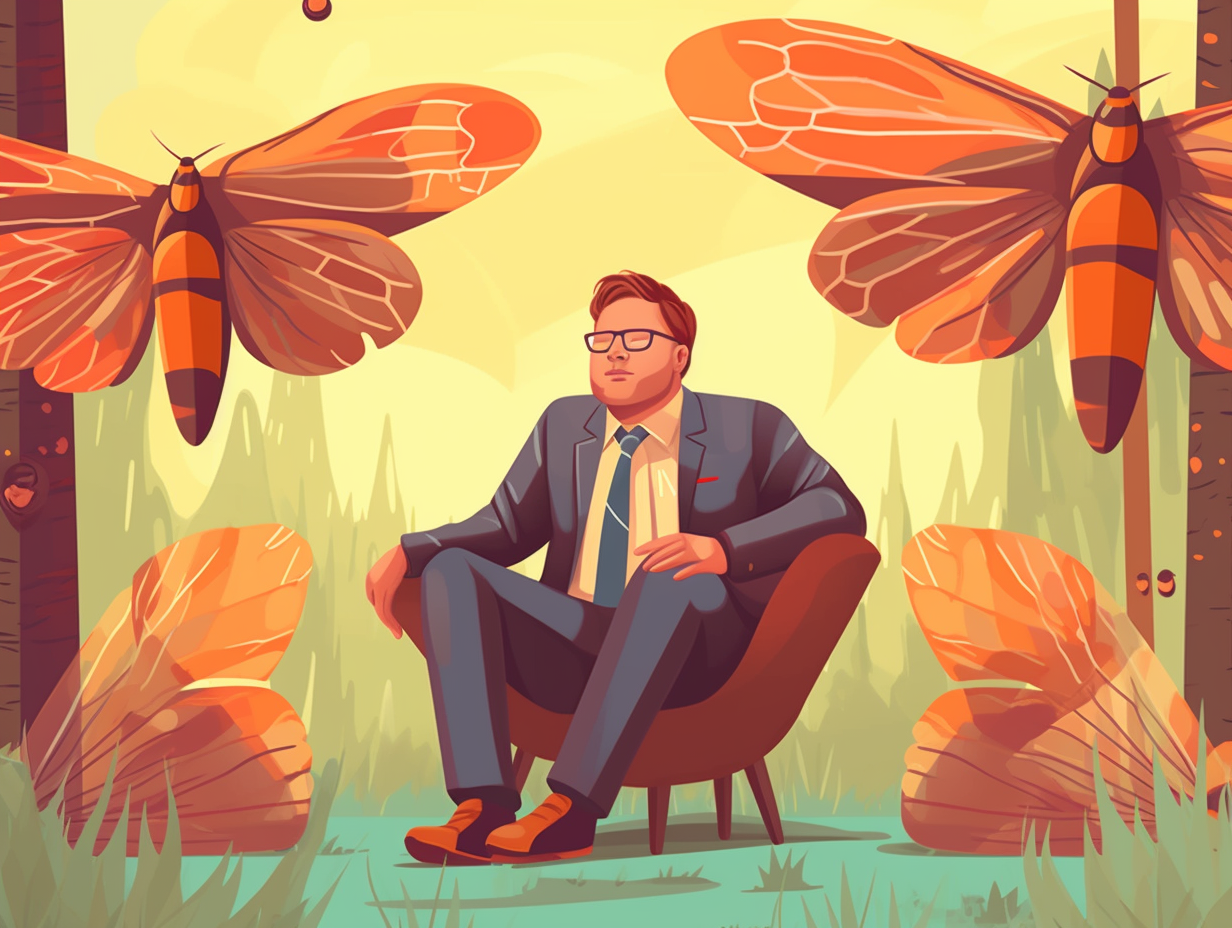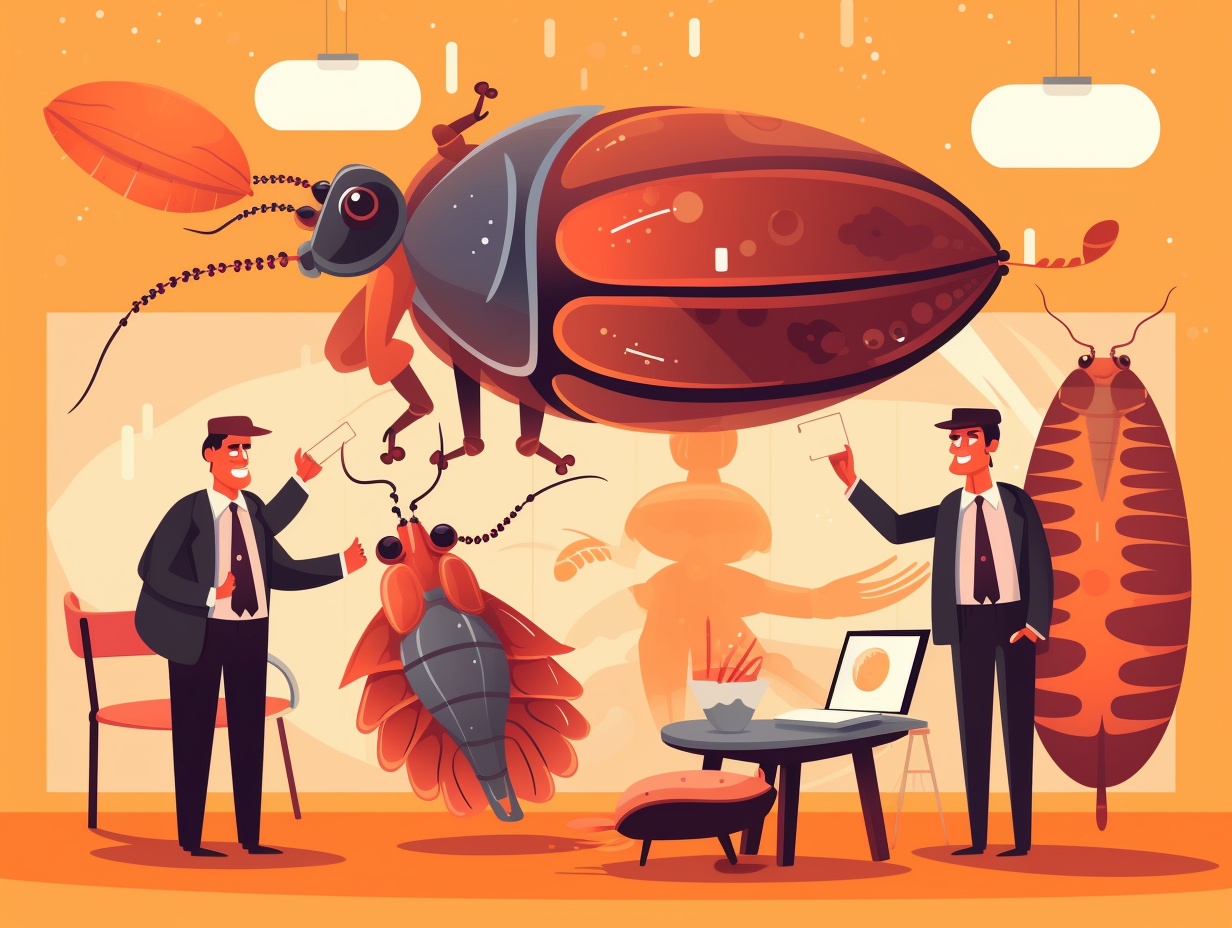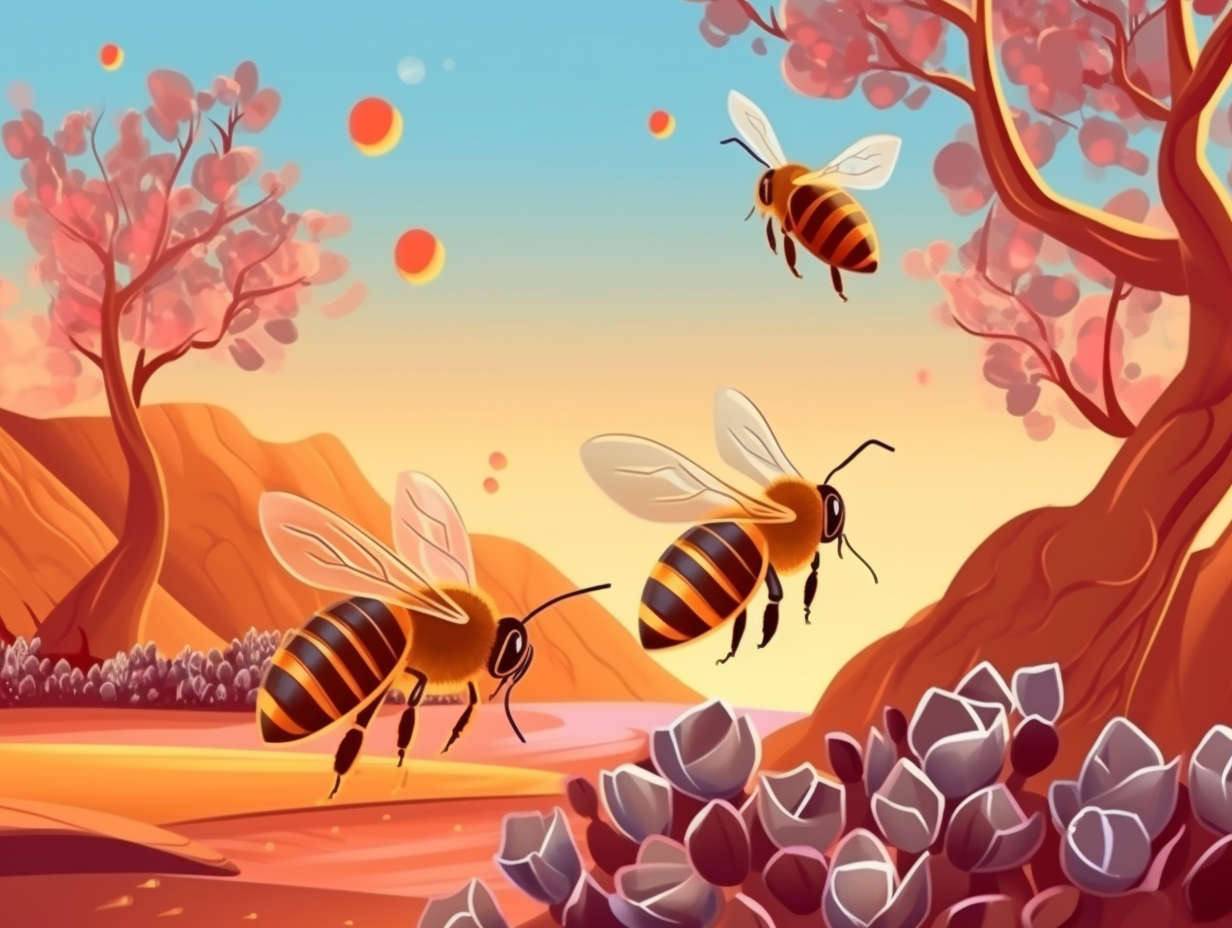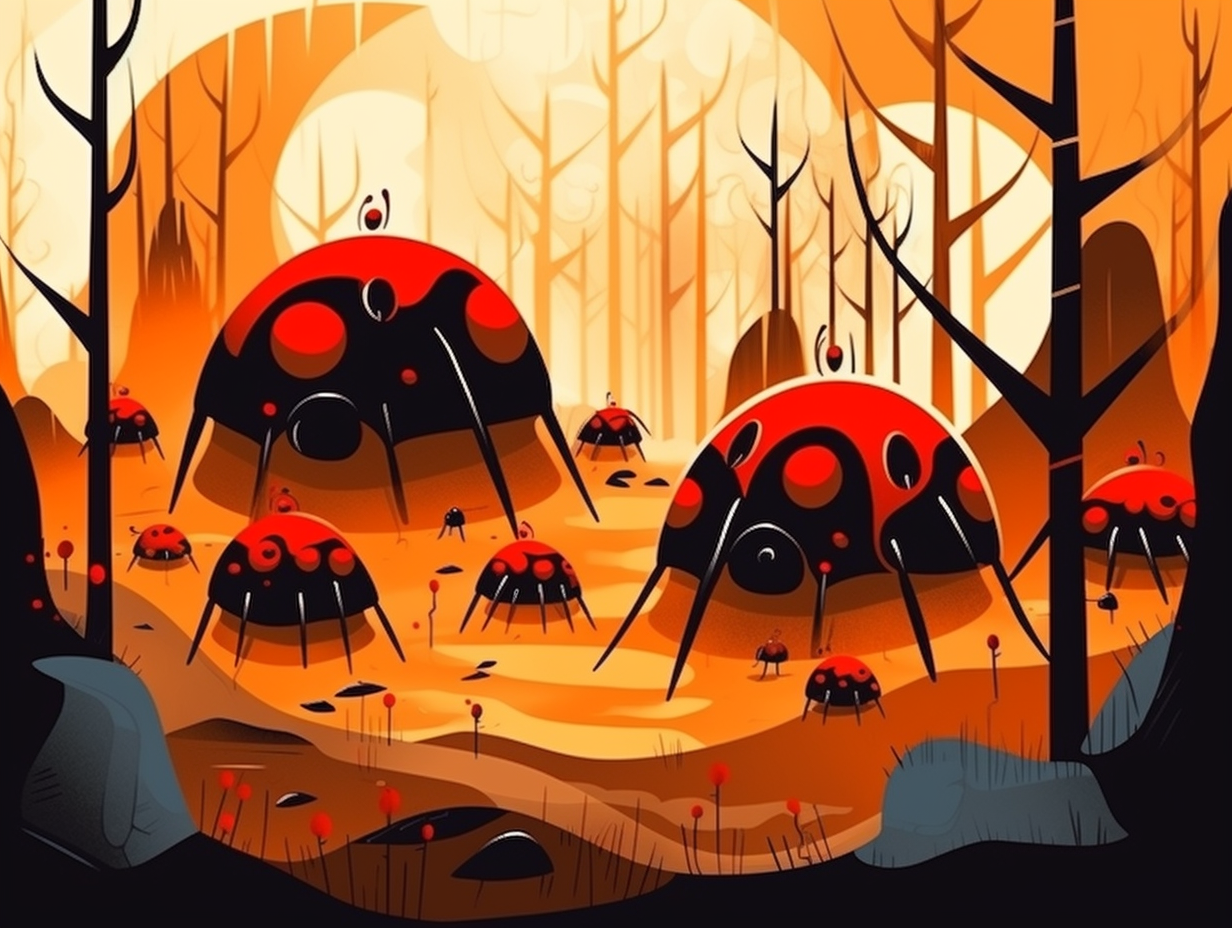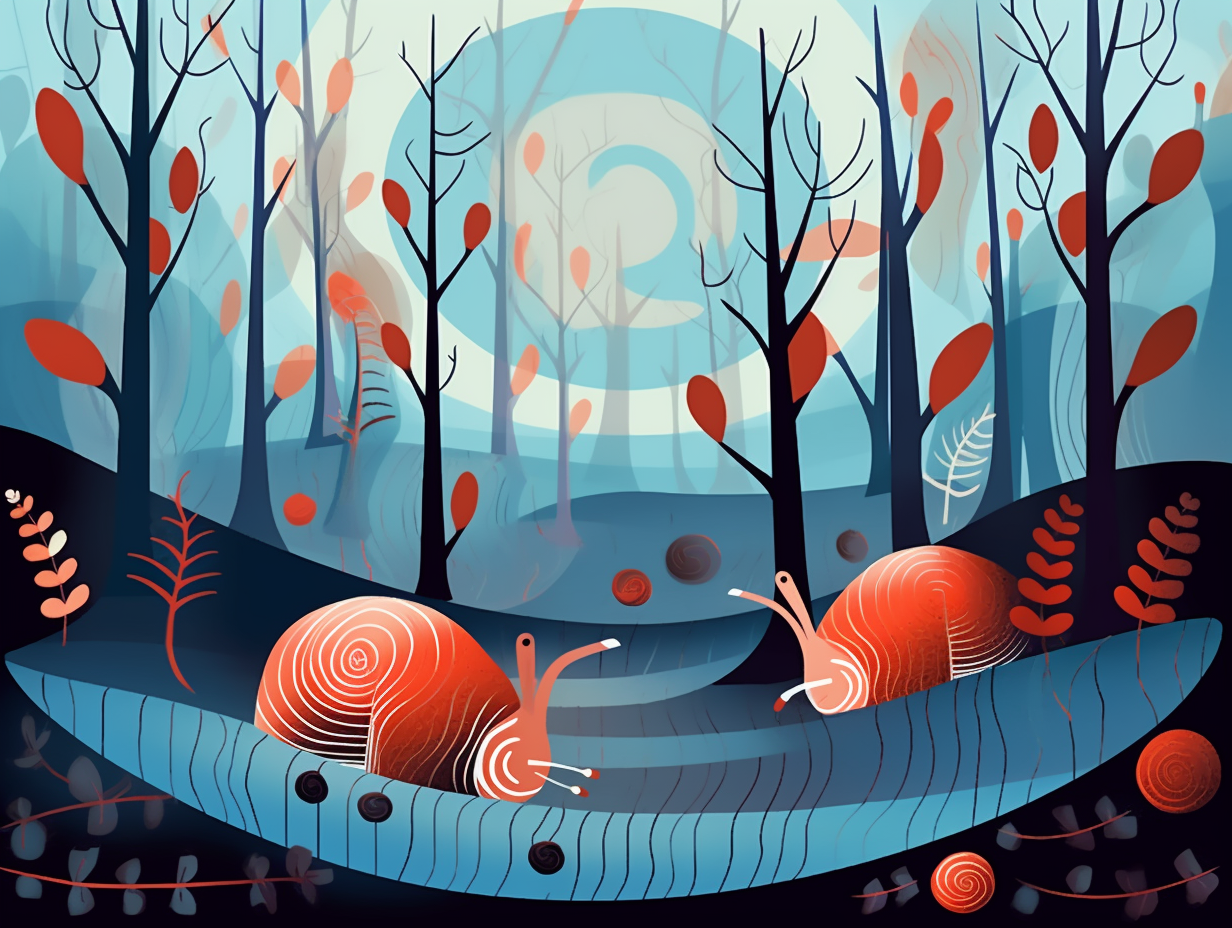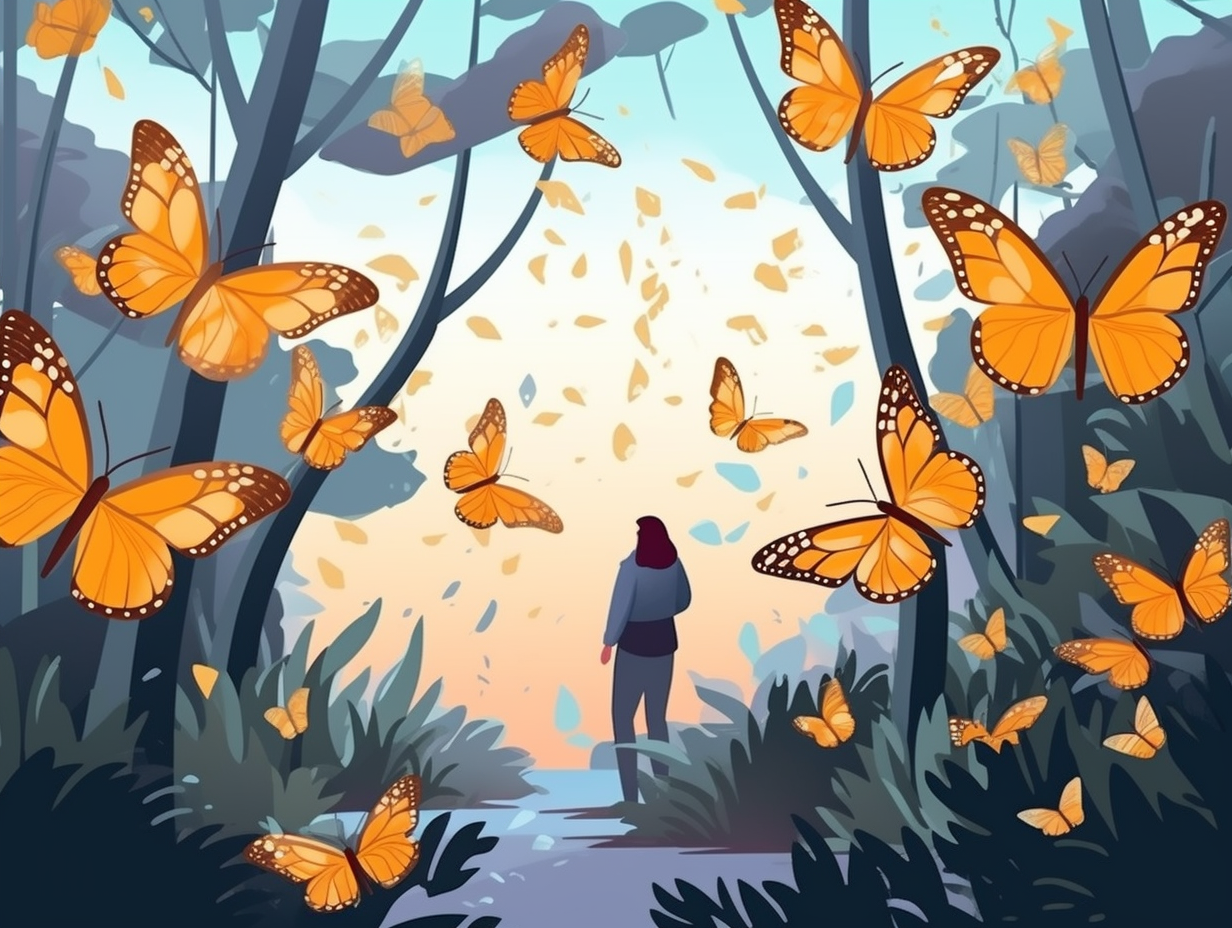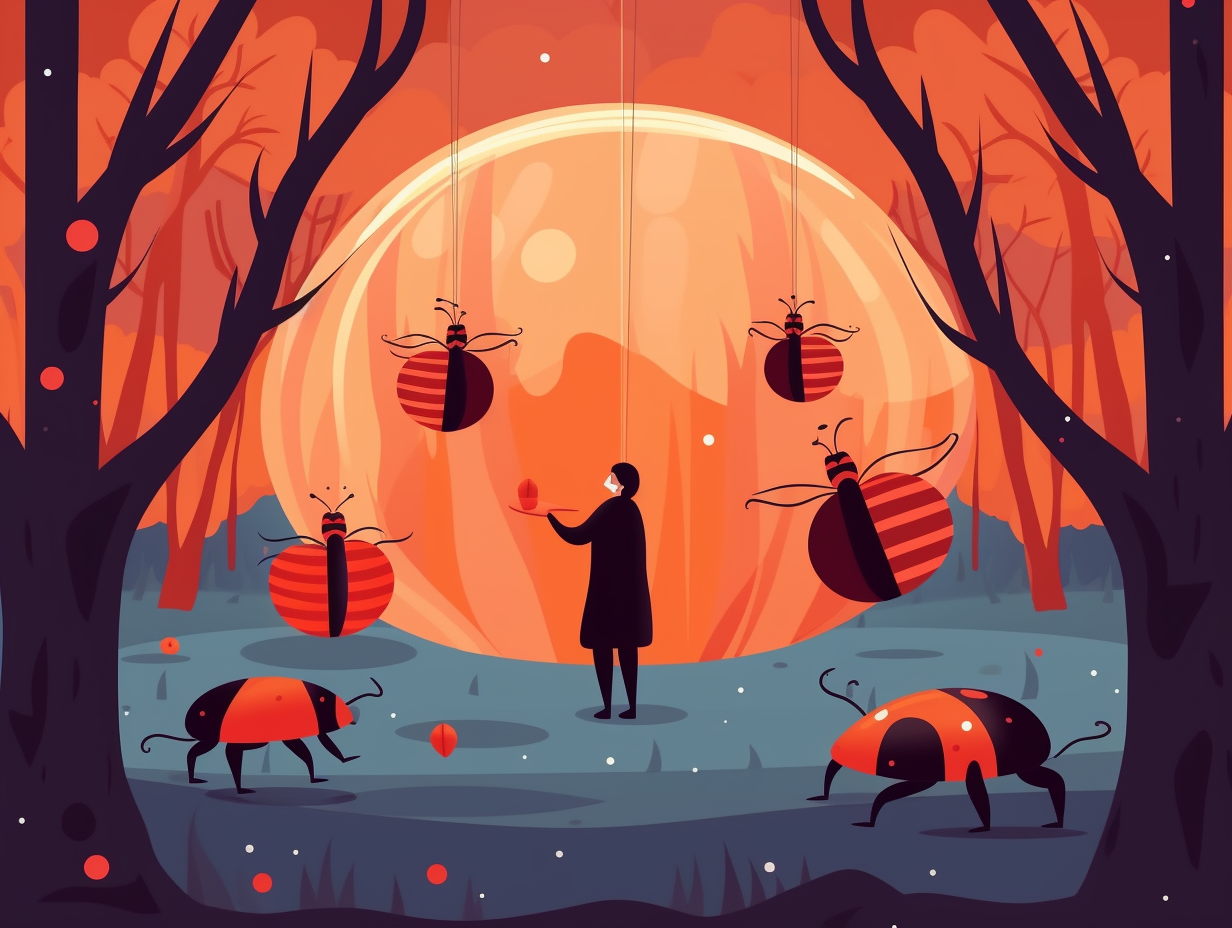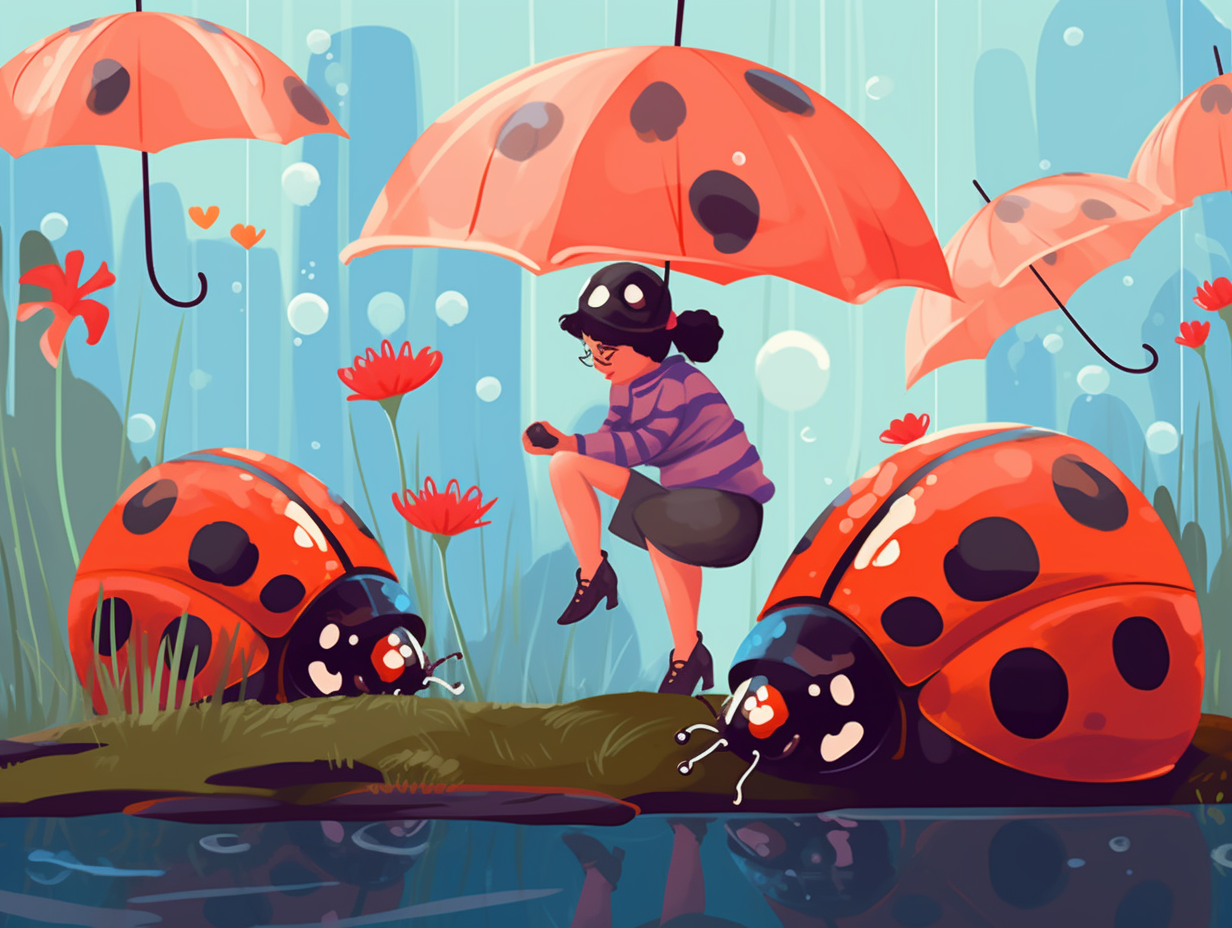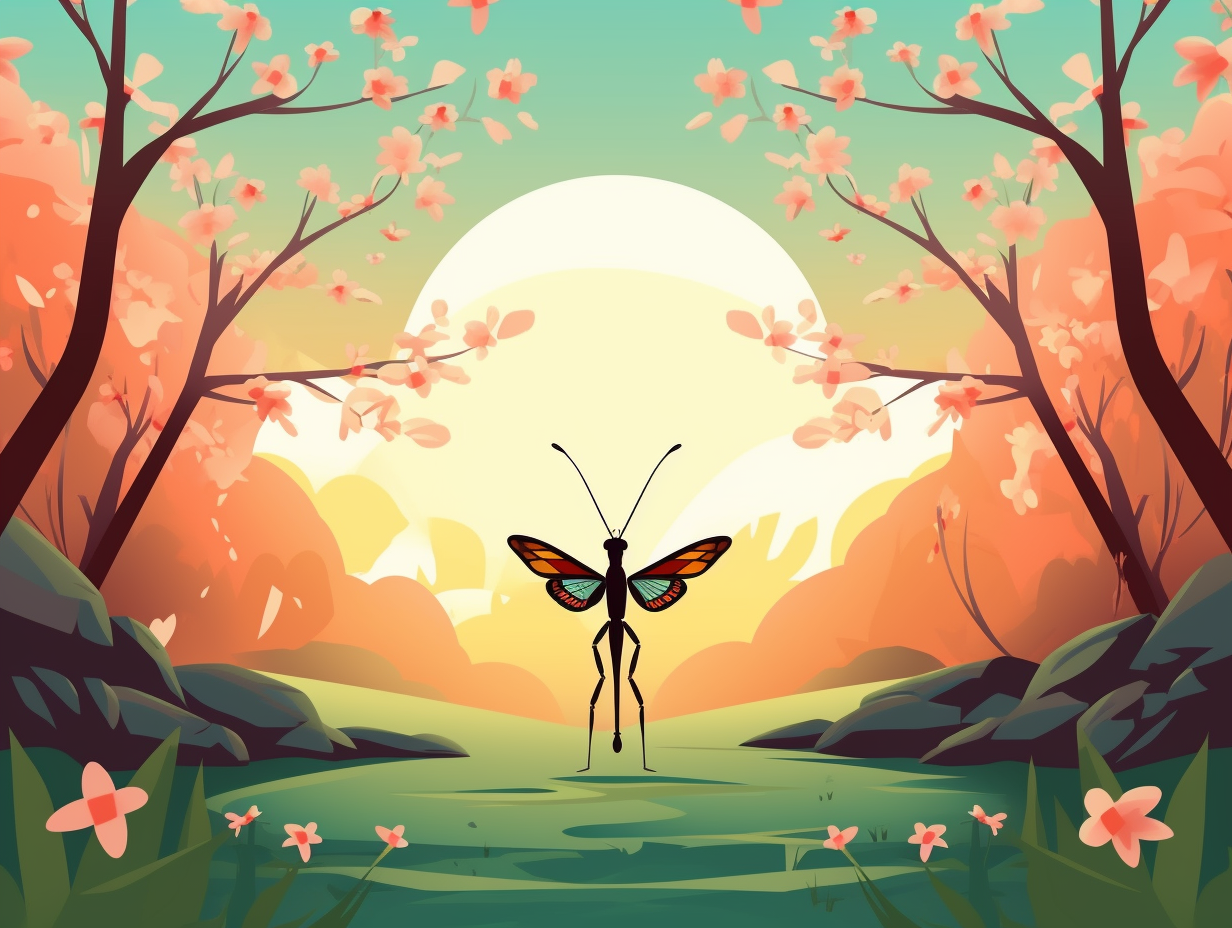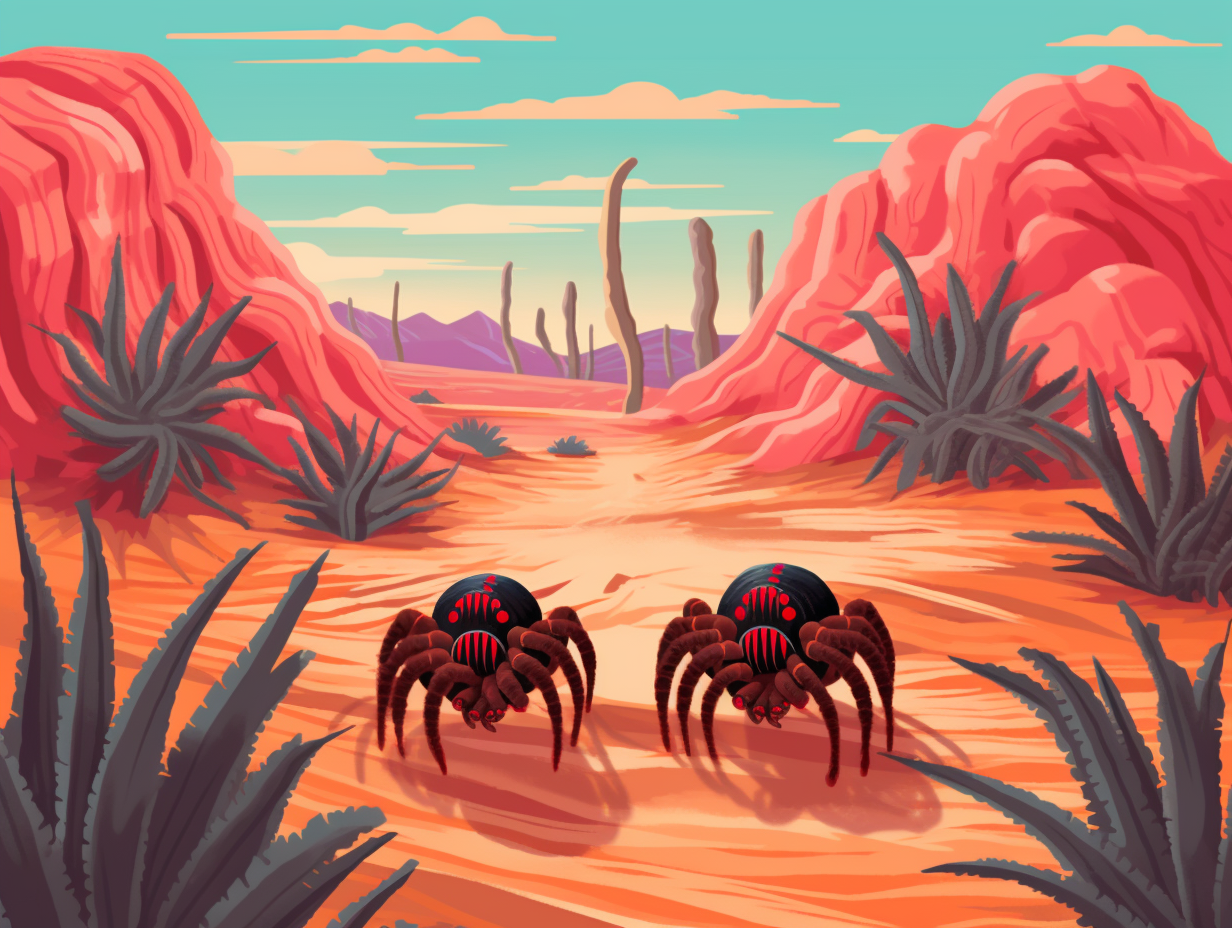Creepy Crawly Delights: Discover the Top 9 Fun Facts About Mealworms!
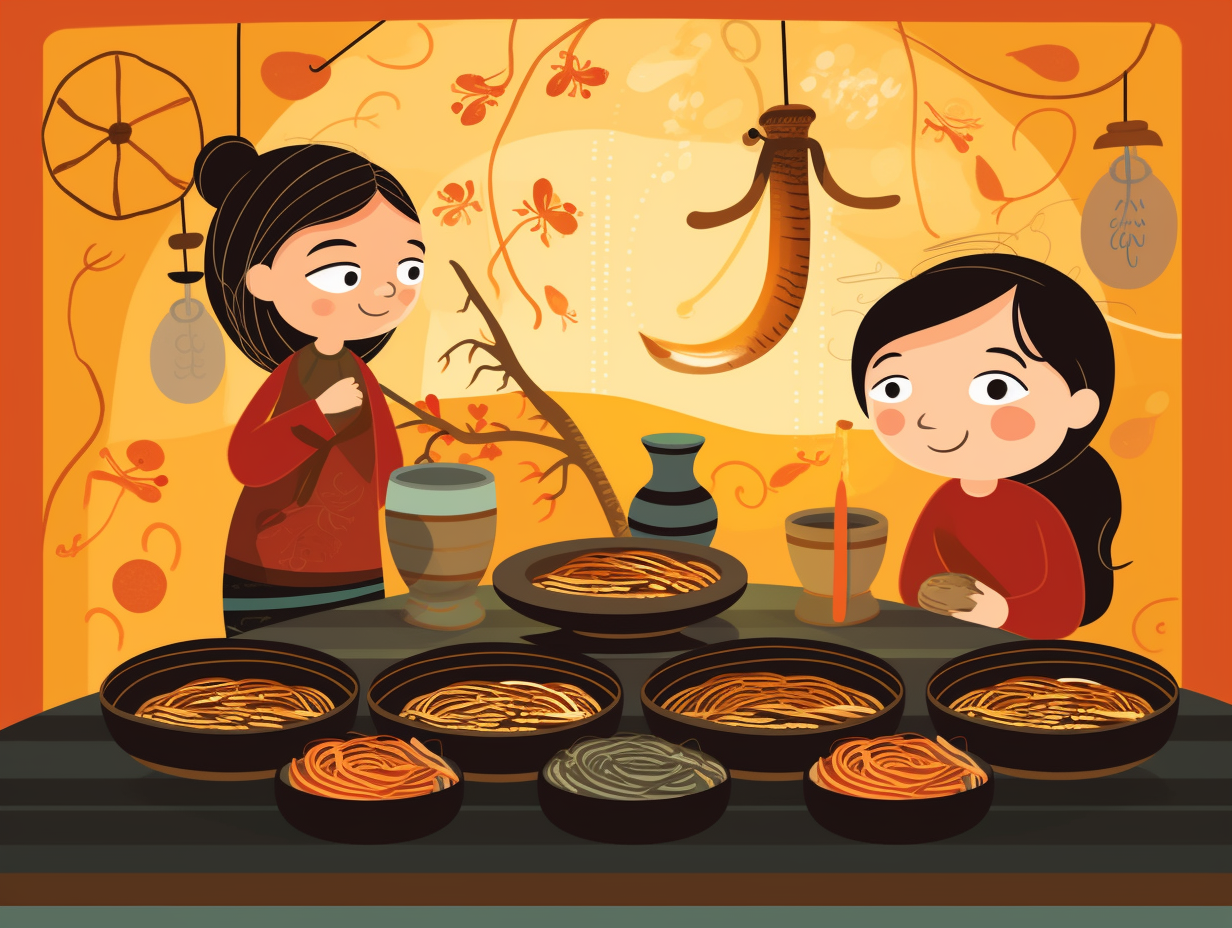
1. Fashionista Mealworms
What's the similarity between a mealworm and a fashionista? It's all about the wardrobe changes! These little squirming stars of the buggy world have a penchant for costume swaps that would put the most devoted red carpet attendees to shame: Mealworms undergo a whopping 15-23 instars or molts before they earn the right to strut their stuff as pupae. But don't underestimate the challenges of these extreme makeovers; each molt leaves them vulnerable to dehydration, making it crucial to maintain adequate humidity and provide some fashionable wet foods for them to dine on. Next time you see a mealworm, just remember: even dressing to impress starts from the bottom(ps)!
Source => breedinginsects.com
2. Sustainable Culinary Stars
Wriggling their way into the sustainable culinary scene like an 80s conga line, mealworms might just have you shouting "waiter, there's a larva in my salad!" But fret not: mealworms actually serve as a nutritious and environmentally-friendly alternative to traditional animal proteins, making them perfect for munching your way to a greener future—even if they do taste like a mouth full o' wiggles.
Source => insider.com
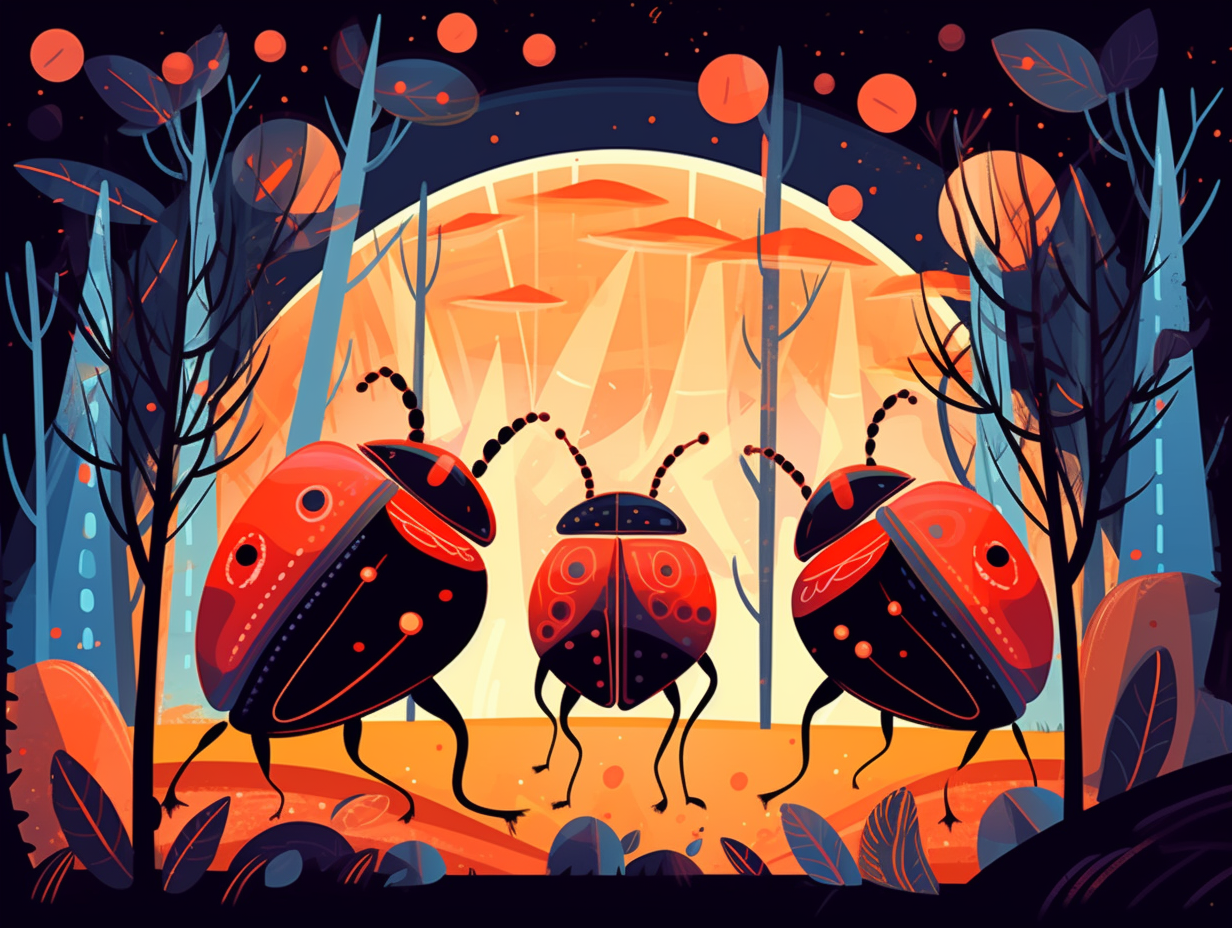
Discover the secret behind beetles' shimmering exoskeletons, and find out which other creatures have joined the kaleidoscope club for a dazzling wardrobe! ✨🐞
=> Fun Facts about Beetles
3. Bear Grylls Mini-Me
Who needs a canteen when you can be a mealworm? These wiggly little creatures put Bear Grylls to shame with their extreme survival skills: Mealworms can enter a state of dormancy called diapause, allowing them to chill out without food or water for up to six months, thanks to a slowed metabolism and energy conservation.
Source => pressbooks.nebraska.edu
4. Bottoms Up Hydration
If you ever thought that the phrase "bottoms up" only belonged to rowdy bar-goers and beer enthusiasts, think again: mealworms actually absorb moisture through their rectum, relying on damp veggies and sponges to stay hydrated, quench their thirst, and continue growing.
Source => bugfactory.co.uk
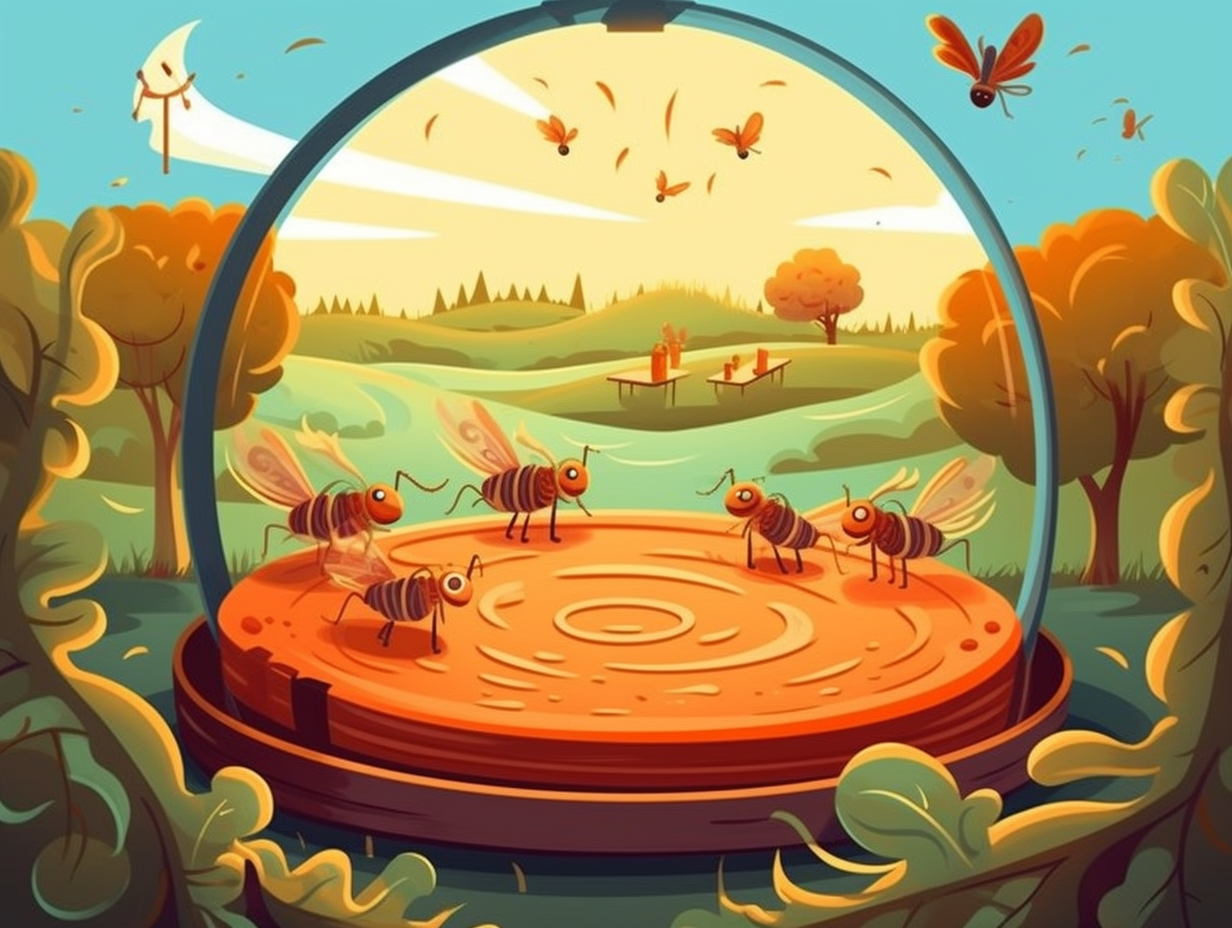
5. Reptiles' Guilty Pleasure
Hold onto your hats and geckos, because aphid-fearing reptiles everywhere are partaking in the mealworms á la mode, a binge-worthy delicacy for scaly creatures with a penchant for the protein-packed: it turns out mealworms are an excellent source of nutrition for reptile pets like bearded dragons and leopard geckos, and their eco-friendly farming is a one-way ticket to sustainable pet snacking. Just remember: no mealworm banquet is complete without a sprinkle of calcium powder and a side of other nutrient-rich foods for that healthy glow.
Source => thehiveexplorer.com
6. Ecosystem Garbage Disposals
While they might not be the life of the party or win beauty pageants, mealworms clean up after everyone's mess in the ecosystems they inhabit, sort of like neat-freak roommates nobody invited: As scavengers, mealworms feast on decaying plants, dead animals, and even grains and seedlings, making them crucial to the ecological food chain for species such as birds, rodents, spiders, lizards, and fellow beetles.
Source => uen.org
7. Masters of Metamorphosis
In a world filled with evolutions even Pokémon would envy, mealworms are definitely the masters of the metamorphosis game: with a larva stage that lasts an astonishing eight to ten weeks, these not-quite-worms molt up to twenty times before saving every last bit of energy to transform into their final form, the darkling beetle, which they strut around as for one to three months while mating and spawning hundreds of little mealworms-to-be.
Source => mealwormcare.org
8. Two-for-One Nutrition Deals
You may think mealworms are frequent guests at the local pub with their uncanny ability to stay hydrated: these impressive little creatures can extract and hydrate from the fruits they munch on, requiring no extra H2O pit stops to survive and thrive, proving they truly are masters at "knocking back" their liquid needs by eating their five-a-day!
Source => ucmp.berkeley.edu
9. The Future of Faux Meat
In an unexpected twist that even Shakespeare's Macbeth couldn't predict, "Mealworms, or not mealworms?" is now the question plaguing food researchers: South Korean scientists have discovered a method of cooking mealworm beetle larvae with sugar, creating a "meat-like" texture, potentially offering a sustainable and appetizing protein source to our dining tables.
Source => medicalnewstoday.com
Related Fun Facts


